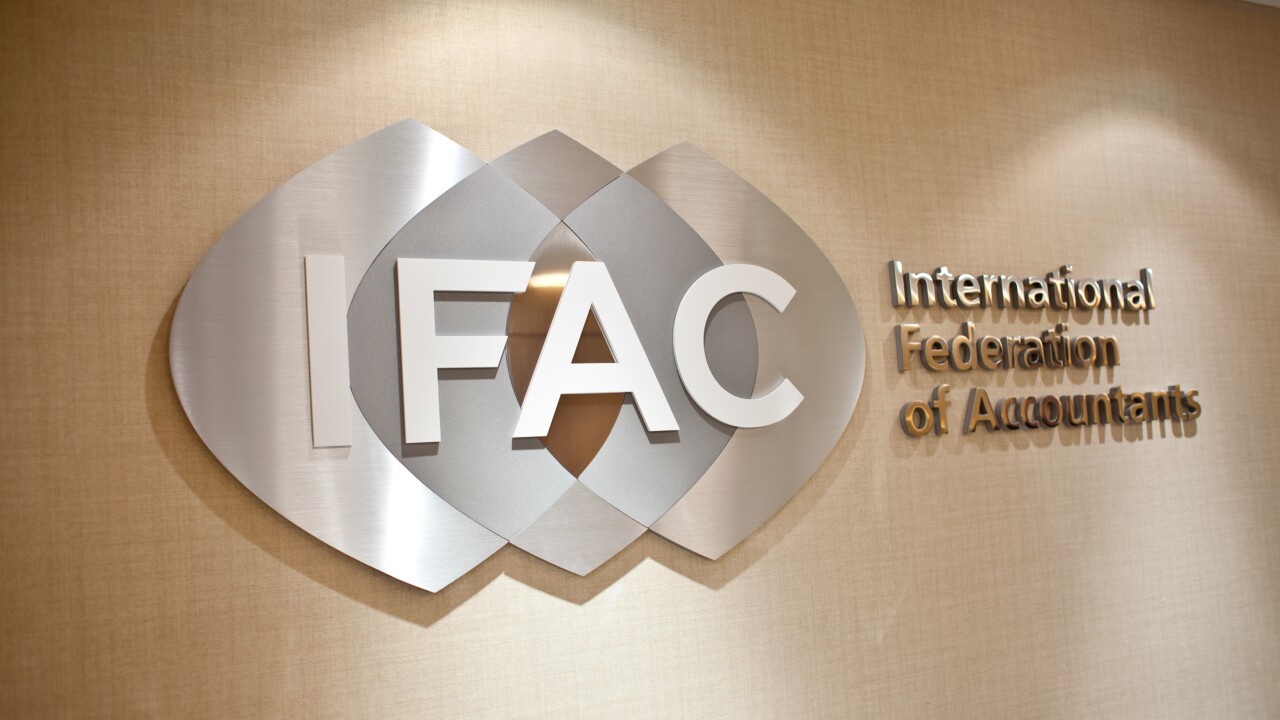Firms are subjected to many market pressures. They face difficulty in the talent marketplace and need to ensure auditors can perform fulfilling, enjoyable work. At the same time, clients demand lower fees and want to receive more value. The volume of client transactions is skyrocketing, causing audit sample sizes to expand. The audit methods of the past can’t keep up with today’s demands.
Firms need to leverage advanced technologies to produce high-quality audits that are also efficient and cost-effective for clients. Firms with strong digital workflows and a risk-based audit approach have superior readiness for adopting advanced technologies like AI, machine learning, and analytics.
Recently, Wolters Kluwer’s Colleen Knuff, Stefan Davis and Andrea Hearn discussed advanced audit technologies with Anne Glenz, Partner at Eide Bailly and Christopher O’Neal, Partner at Rödl. Below is a highlight of their conversation during a live
Advanced Technologies Facilitate Data-Driven Audits
Firm leaders know that data-driven audits are the future of auditing. But what exactly does it mean to be data-driven through every stage of the audit?
Automation should play a key role in a data-driven audit. Automation can flow the data through the audit from the risk assessment, help auditors define controls or substantive testing to perform, and link those procedures to the risk assessment.
In a data-driven risk assessment, auditors should start by talking with the client to understand the entity better. Then overlay those insights and expectations on the trend analysis, looking at data from previous years to perform predictions of where the client and auditor expect the business to be this year. This data should be enriched by any benchmark information available from the market.
_____________________________________________________________________________________________________
The biggest complaint I get from every one of our auditors is, “my sample sizes are too big.” If you don’t figure out a way to smartly approach your audits to try to reduce the sample size by using data analytics, you’re going to continue with these large samples.
- Christopher O’Neil, Partner, Rödl
_____________________________________________________________________________________________________
Next, the auditor can perform some detailed
Auditor judgment must be applied to get a more robust risk assessment. Don’t automatically focus the audit on SALY – same as last year – instead, have a thorough risk assessment that empowers the auditor to apply professional judgment and determine what to change.
In some cases, the risk might be higher than normal, making a detail sample test inadequate. If this is the case, the auditor might instead opt to take a controls approach. Audit analytics software can make that more efficient.
In other cases, the auditor might find that risk is lower than expected, and a sample does not need to be performed. Instead, it can be replaced with a substantive analytical procedure. As you can see, a reasonable risk assessment combined with analytics can help avoid both over- and under-auditing.
Finally, auditors might find areas where risks are emerging that weren’t considered previously. As a result, there are extra assertions to cover. Again, audit analytics can make the testing more effective.
It’s going to take a culture shift to get auditors used to the idea of auditing (or not auditing) areas just because AI suggested it. After all, auditors still must be able to explain their actions to peer reviewers. However, there is no doubt that AI is becoming an increasingly important factor in audit technology. Auditors can use artificial intelligence and machine learning (a subset of AI) to identify anomalies and unusual transactions and highlight potentially risky transactions for auditors to investigate further.
_____________________________________________________________________________________________________
You have to fundamentally rethink how you’re doing your work. There was probably a time when people looked back and said, “How did you do an audit without Excel?” I think there will come a time when we also look back and say, “How did we do audits without AI?”
- Christopher O’Neil, Partner, Rödl
_____________________________________________________________________________________________________
Finally, robotic process automation (RPA) can be used to automate anything that’s manually intensive and repetitive simply. This includes many back-office tasks, including reporting, moving things from one system to another system, importing data, and more. Taking advantage of RPA can help firms lower audit costs for clients while preserving profits. It also helps with professional satisfaction as staff gets away from performing mundane tasks and can concentrate their efforts on investigation and analysis.
“Our firm is dabbling with robotic process automation,” says Anne Glenz, a Partner at Eide Bailly. “We attempted to start with just getting returned confirmations into the engagement binder, rather than having a staff person or an administrative individual get that document into an index. As we went through the process, we found out the bot needs very specific instructions. We didn’t have standard indexing in our engagement binder, so we couldn’t tell the bot to do the same thing every time. We went through a standard indexing process for all of our audit engagements to correct this. We’re excited to see where this can go.”
Learn How Leading Firms Leverage Advanced Audit Technologies
Advanced audit technologies result in a higher quality, more efficient audit, conferring numerous benefits to both clients (greater value, more insights) and firms (satisfied professionals, better utilization).
The first step for firms is to adopt an integrated,
Learn more about data driven audits – and how they can help you improve audit quality – when you read







